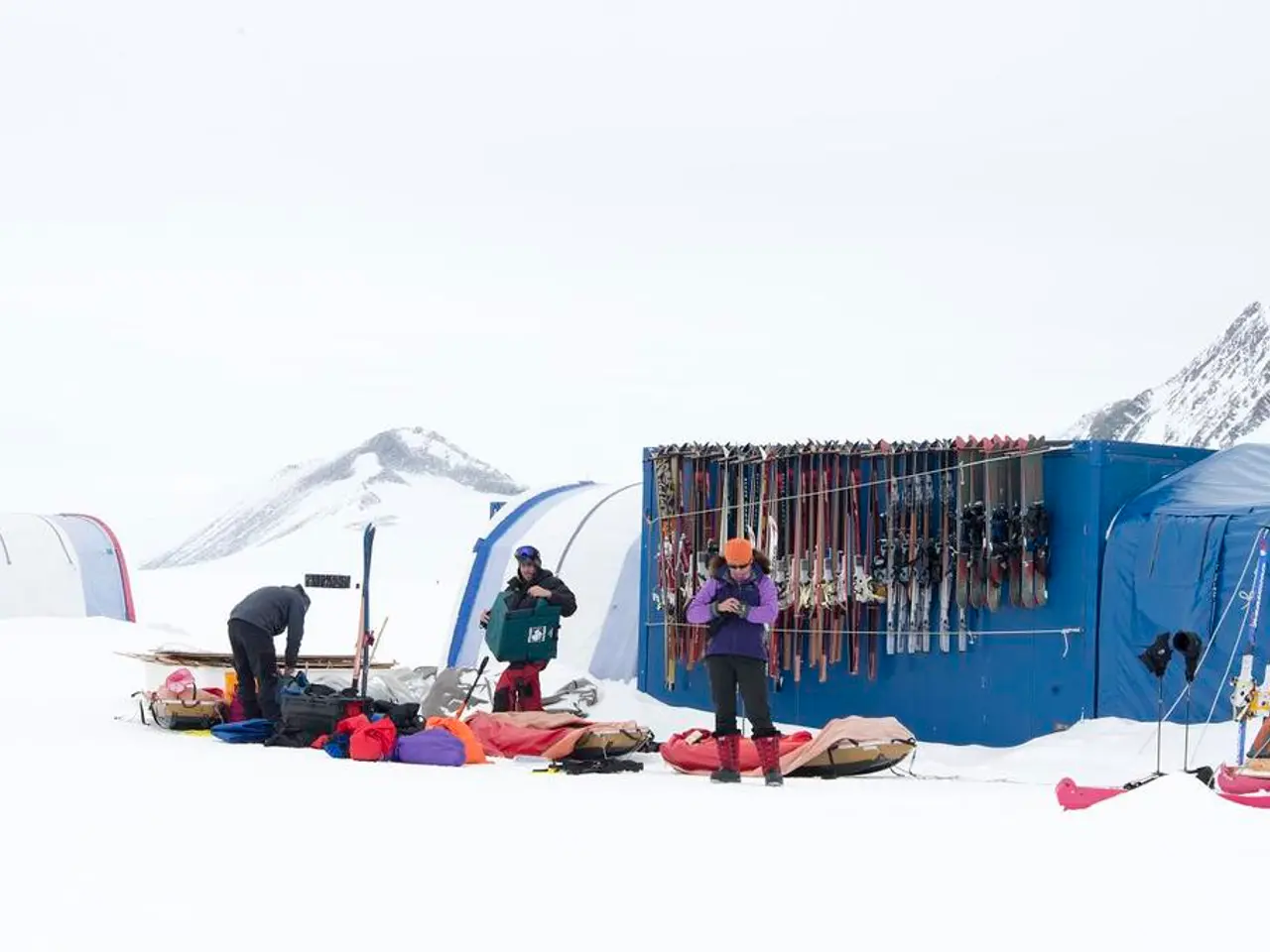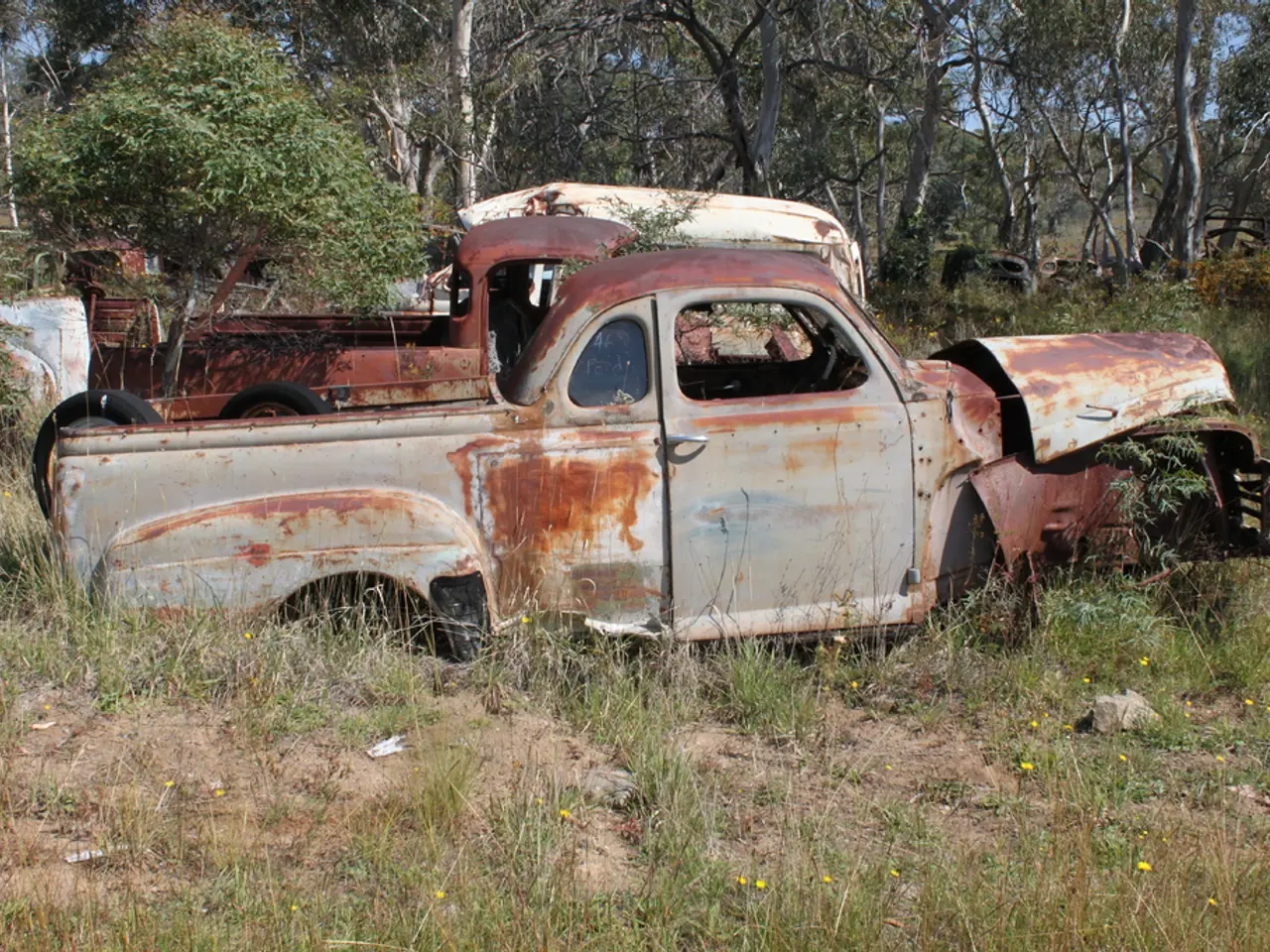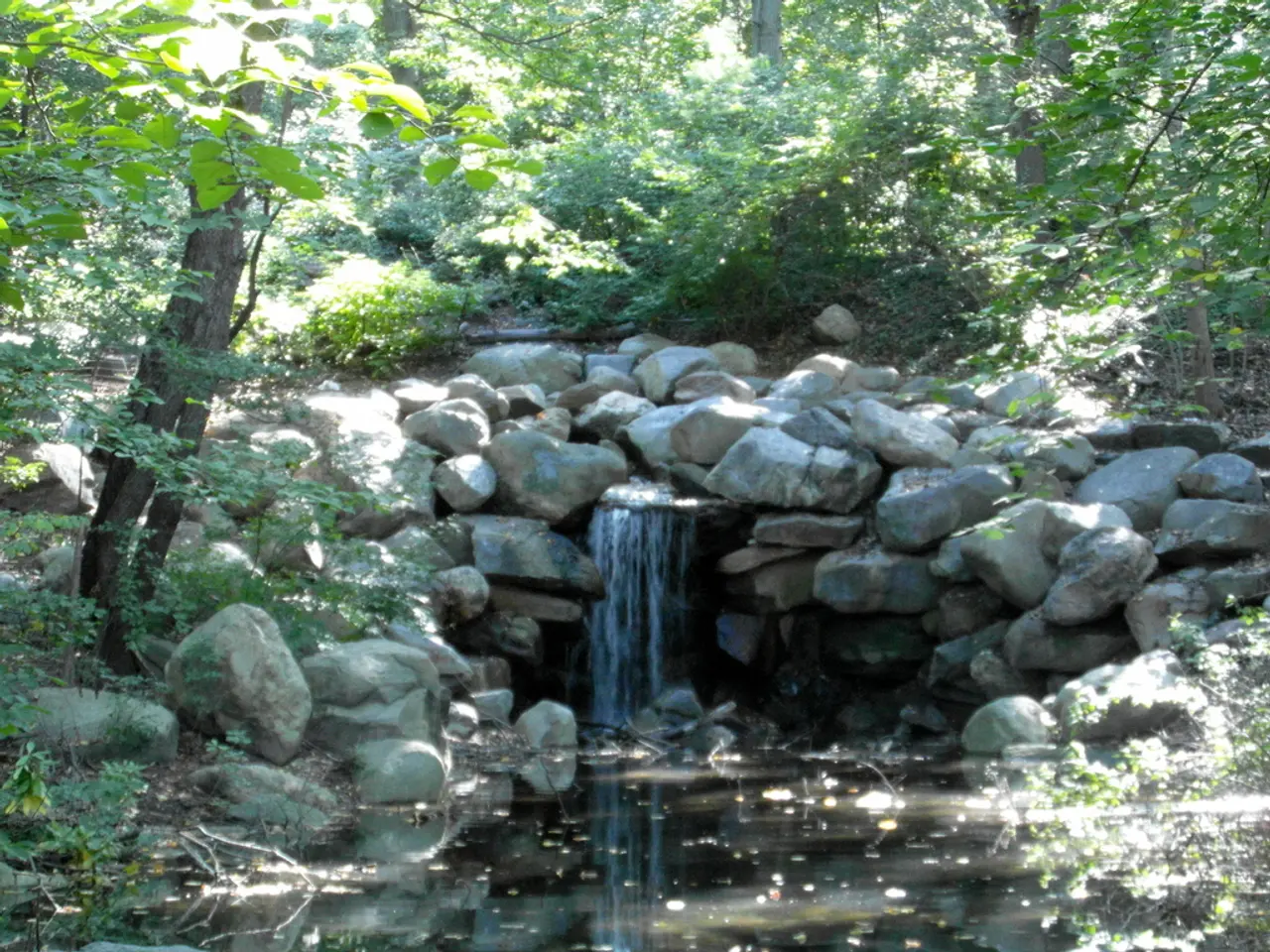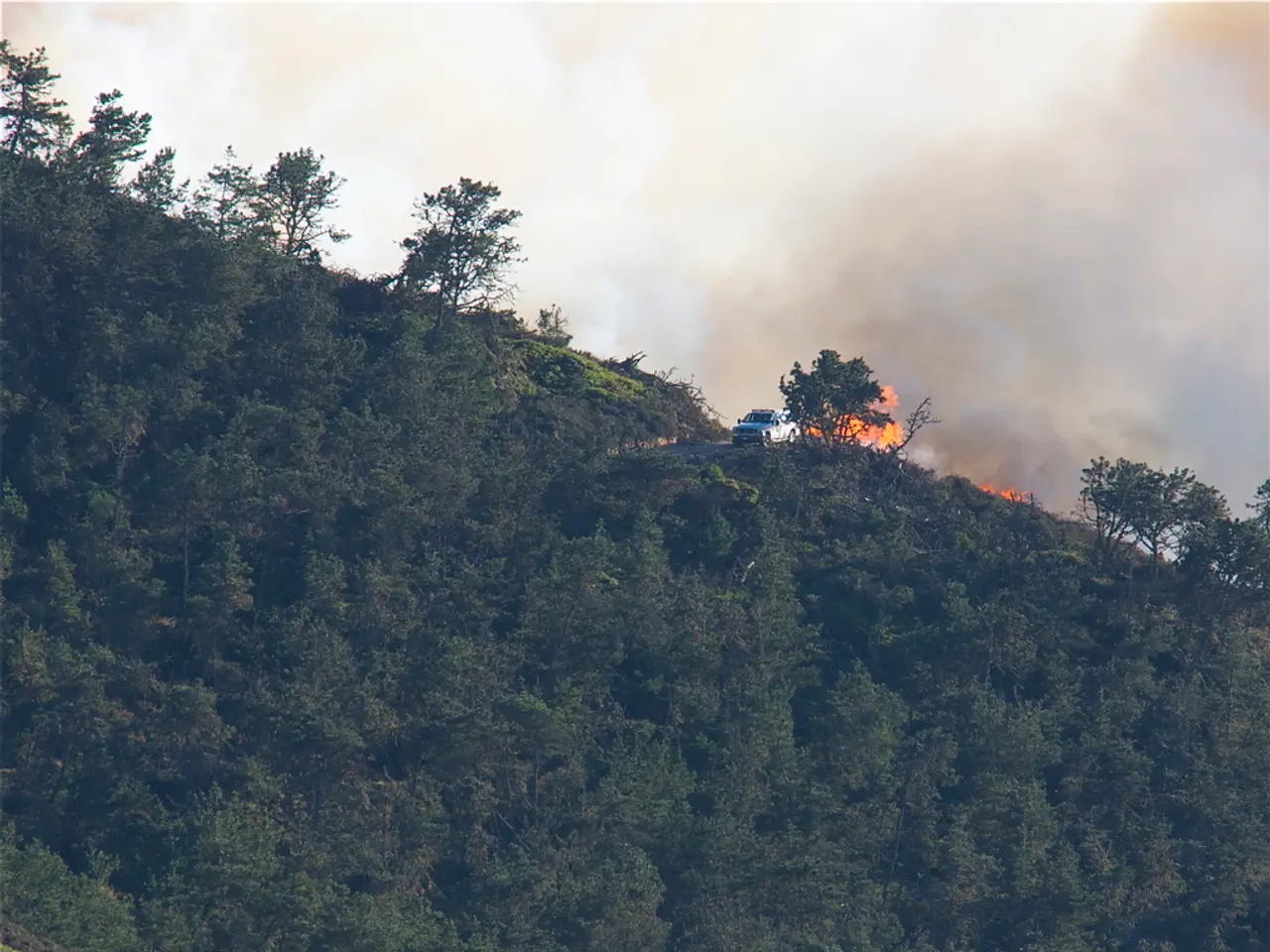Severe Avalanche Alert: Urgent Call for Caution Following Major Avalanche Mishaps
An intense and prolonged cycle of westerly storm systems since September has delivered significant snowfall to alpine areas throughout the South Island, raising concerns about avalanche safety. The New Zealand Avalanche Advisory (NZAA), the official backcountry avalanche forecasting network in New Zealand, has reported active avalanche conditions in the Southern Alps, particularly around the Ōhau Snowfields and Aoraki/Mt Cook region.
The recent avalanche incidents in Wanaka and mid-Canterbury backcountry underscore the current dangers in avalanche terrain. The NZAA has issued avalanche forecasts for 13 regions across the country, warning of a heightened and sustained avalanche danger due to unseasonal spring storm systems.
The avalanche danger is heightened by the storm cycles bringing varied precipitation, leading to a complex and evolving snowpack. Ski patrol teams have been actively managing avalanche risks by triggering controlled slab avalanches to mitigate danger. The NZAA continues to monitor and forecast conditions, providing detailed regional forecasts that highlight danger levels and specific avalanche problems.
Backcountry snow enthusiasts are advised to stay updated with the latest avalanche advisory for their region. Hikers and trampers can find the avalanche forecast under track alerts on Plan My Walk. The latest avalanche advisory can also be found on NZAA's Instagram and avalanche.net.nz.
MSC is urging backcountry snow enthusiasts to exercise extreme caution due to multiple avalanche incidents this week. The storm systems have created a variable and challenging snowpack, with the potential for dangerous weak layers within the snowpack that can persist for days after the last snowfall.
Proper preparation and informed decision-making are critical for backcountry travel. The best course of action for backcountry enthusiasts is to avoid avalanche terrain entirely, unless a thorough investigation has been conducted and full confidence in the stability of the snowpack is confirmed.
Forecasts are written by a network of snow safety professionals based on current snow conditions, information provided by commercial operators, public observations, and the weather forecast. With the recent changeable weather, there is a highly complex and rapidly changing snowpack throughout most of the Southern Alps.
Daisley, a meteorologist, states that the storm systems, which are far from typical for this time of year in New Zealand, have created these conditions. These systems have been accompanied by high winds and fluctuating freezing levels.
With the good weather forecast for the weekend, it's important to remember that avalanche danger remains significant in the Southern Alps. This is a time for heightened awareness and care in the New Zealand backcountry.
- Given the complex and evolving snowpack due to unseasonal spring storm systems in the Southern Alps, it's crucial for environmental-science experts to closely monitor the weather conditions to understand the potential risks and avalanche dangers.
- The significant snowfall in alpine areas throughout the South Island is not just a matter of science but also environmental-science, as it adversely affects the delicate ecosystem and weather patterns in these regions.







